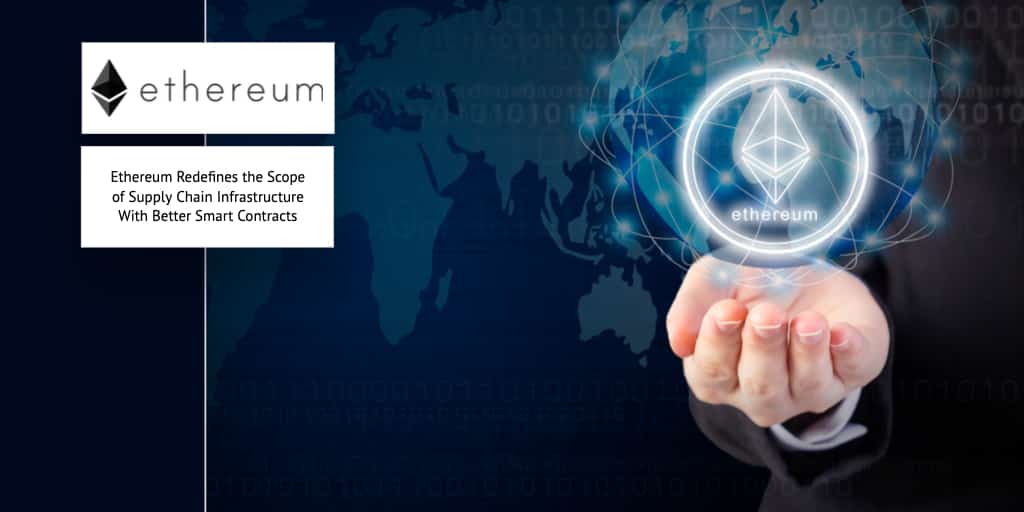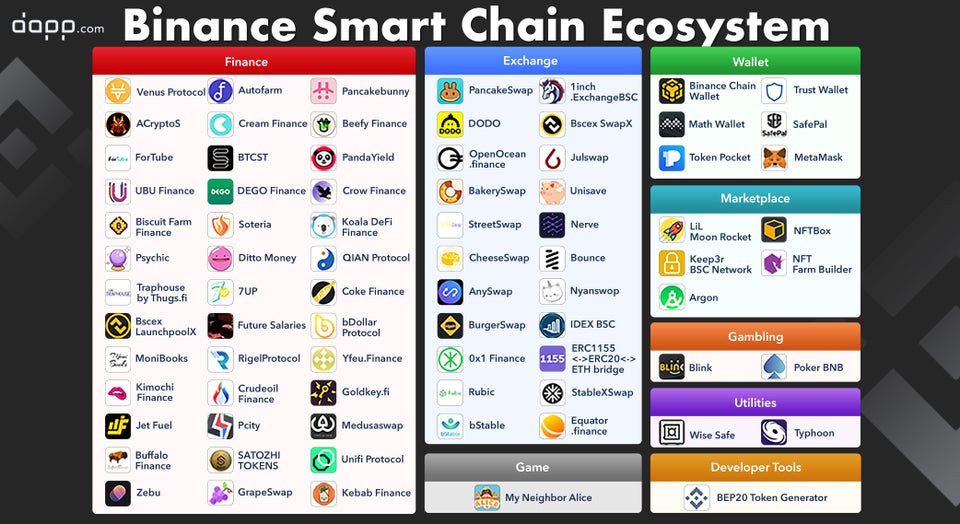
Gas refers to the unit that measures the amount of computational effort required to execute specific operations on the Ethereum network.Įach Ethereum transaction requires a fee called " gas" because each transaction consumes computational resources. Then there are ERC-777 (improving ERC-20) and ERC-1155 (which contains both fungible and non-fungible assets). The most popular Ethereum standards are ERC-20 (for fungible tokens like stablecoins) and ERC-721 (for non-fungible tokens).
#ETHEREUM BINANCE SMART CHAIN 60M SOFTWARE#
EVM defines the rules for computing new valid states from one block to another.ĮVM exists as a single entity maintained by a large number of connected computers (nodes) running an Ethereum client such as Geth or OpenEthereum. A client is a software that enables nodes to read blocks on the blockchain and smart contracts. At any given block, Ethereum has only one "canonical" or unique state. The sole purpose of the Ethereum protocol is to keep "the continuous, uninterrupted, and immutable operation" of the EVM. Smart contracts are programs that run automatically when some pre-defined conditions are met. One of the greatest blockchain innovations is the Ethereum Virtual Machine (EVM).ĮVM is "the environment in which all 'Ethereum' accounts and smart contracts live". The native crypto of this Ethereum is Ether (ETH).

This is where actual-value transactions occur on the blockchain. When most people talk about Ethereum, they are talking about Mainnet - the primary public Ethereum production blockchain. Multiple independent blockchains run on the Ethereum protocol. It's NOT a cryptocurrency either! It's actually a protocol (a set of rules or procedures) like "HTTP" or "HTTPS." Sources: CoinMarketCap, Future Money Wallet, DefiLlama (rounded off)Įthereum is NOT a blockchain.



 0 kommentar(er)
0 kommentar(er)
